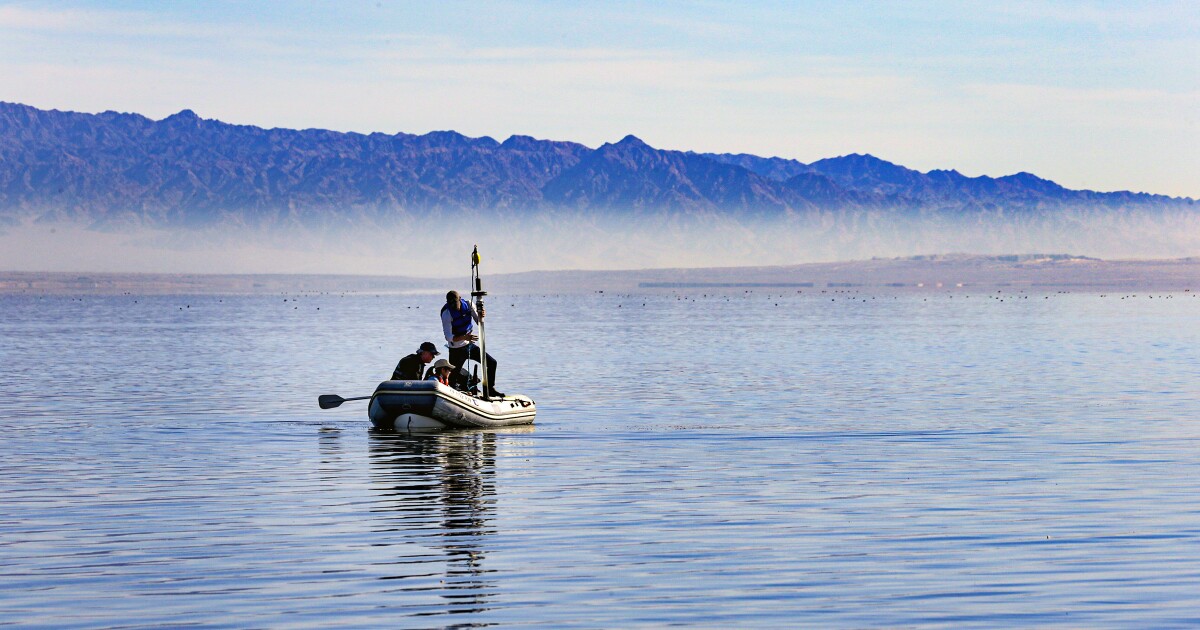
Scientists say it’s because the projects were developed without consideration for heat waves, severe droughts and water cutbacks due to climate change, or for the constantly evolving underlying geology at the hyper-saline landlocked lake at the southern end of the San Andreas Fault, where shifting tectonic plates bring molten material and hot geothermal brine closer to Earth’s surface.
The big question during a recent meeting sponsored by the Lithium Valley Commission, a group of lawmakers and community leaders organized to help guide decisions that could affect low-income communities surrounding the Salton Sea, was this: What’s in it for us.“The lithium rush at the Salton Sea cannot be stopped,” said Frank Ruiz, Audubon California’s program director for the lake and a member of the lithium commission.Communities surrounding the Salton Sea, he said, “see that as a victory — a ticket to a better life.”.
But the Salton Sea is a non-draining body of water — which is what makes it technically a sea and not a lake — with no ability to cleanse itself.The change was predicted in 2003 when the state Legislature promised to slow the shrinking of the lake as part of a successful effort to persuade the Imperial Irrigation District to sell some of its water to San Diego.Under the agreement, the district stopped sending fresh water into the lake on Dec.
The Salton’s high salinity has made it inhospitable to tilapia, a primary food source for migrating birds; the fish has all but stopped reproducing.The only fish in the Salton Sea today are inch-long desert pupfish and hybrid tilapia.Fish and Wildlife Service’s Red Hill Bay project on the Salton Sea as an example of what has not been accomplished.
The restoration program was designed to create more than 500 acres of shallow marine habitat for migratory shorebirds at the sea’s southern end in Imperial County, using water from a nearby river and a 183,000-pound steel barge equipped with pumps anchored a mile offshore.
As of November, the Fish and Wildlife Service has spent roughly $1million in grants and budget allocations on the project, federal officials said.A $3.3-million grant awarded by the California Wildlife Conservation Board to help complete the work requires that the Fish and Wildlife Service secure a 25-year lease agreement with the Imperial Irrigation District by Dec.
On top of that, a year ago the Imperial County Air Pollution Control District slapped the irrigation district, which owns the property, with an order to deal with dust emanating from the work site.“The Red Hill Bay project was a solution to a problem that existed 15 years ago,” said Tina Shields, water department manager at the irrigation district.Raul Ruiz (D-Coachella), the irrigation district said it “will work with CalEnergy to incorporate their plans for geothermal energy and lithium development on a commercial scale for the benefit of the local community and the rest of California.”.
